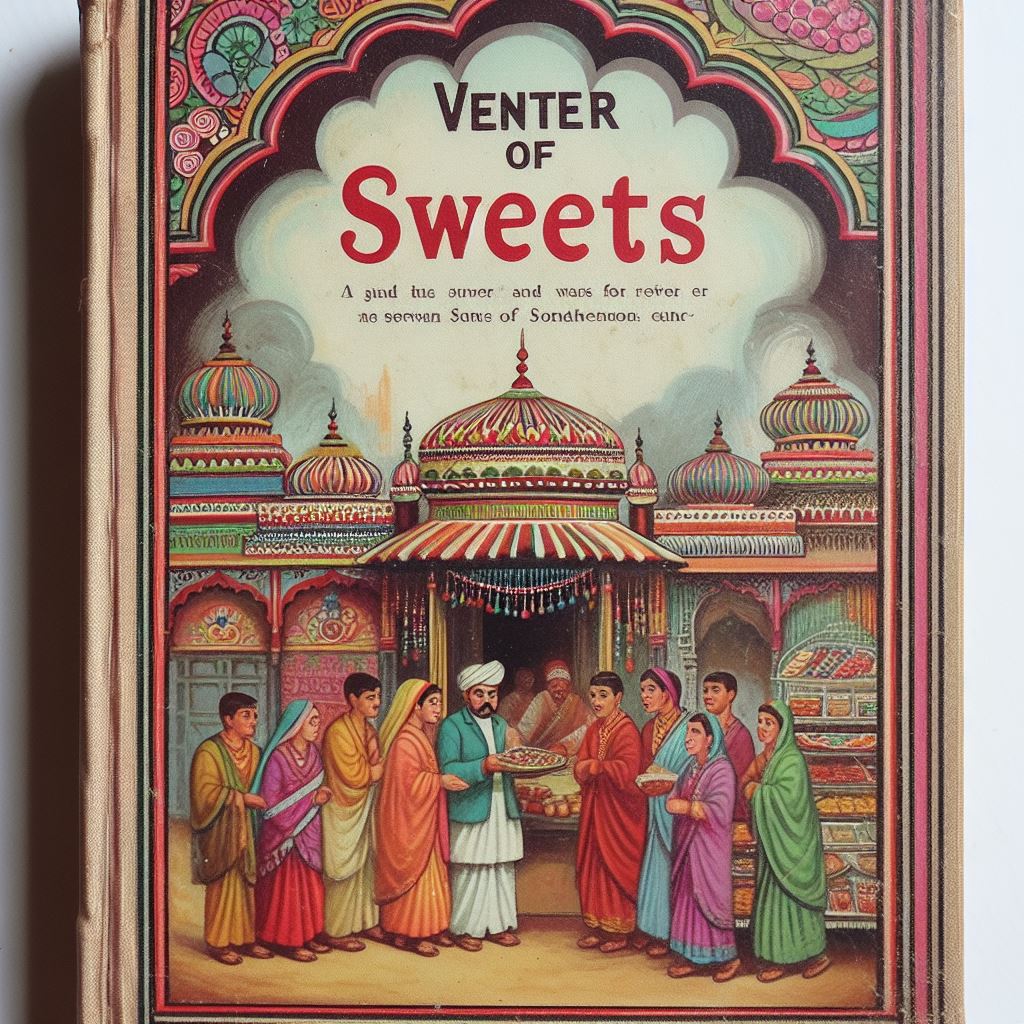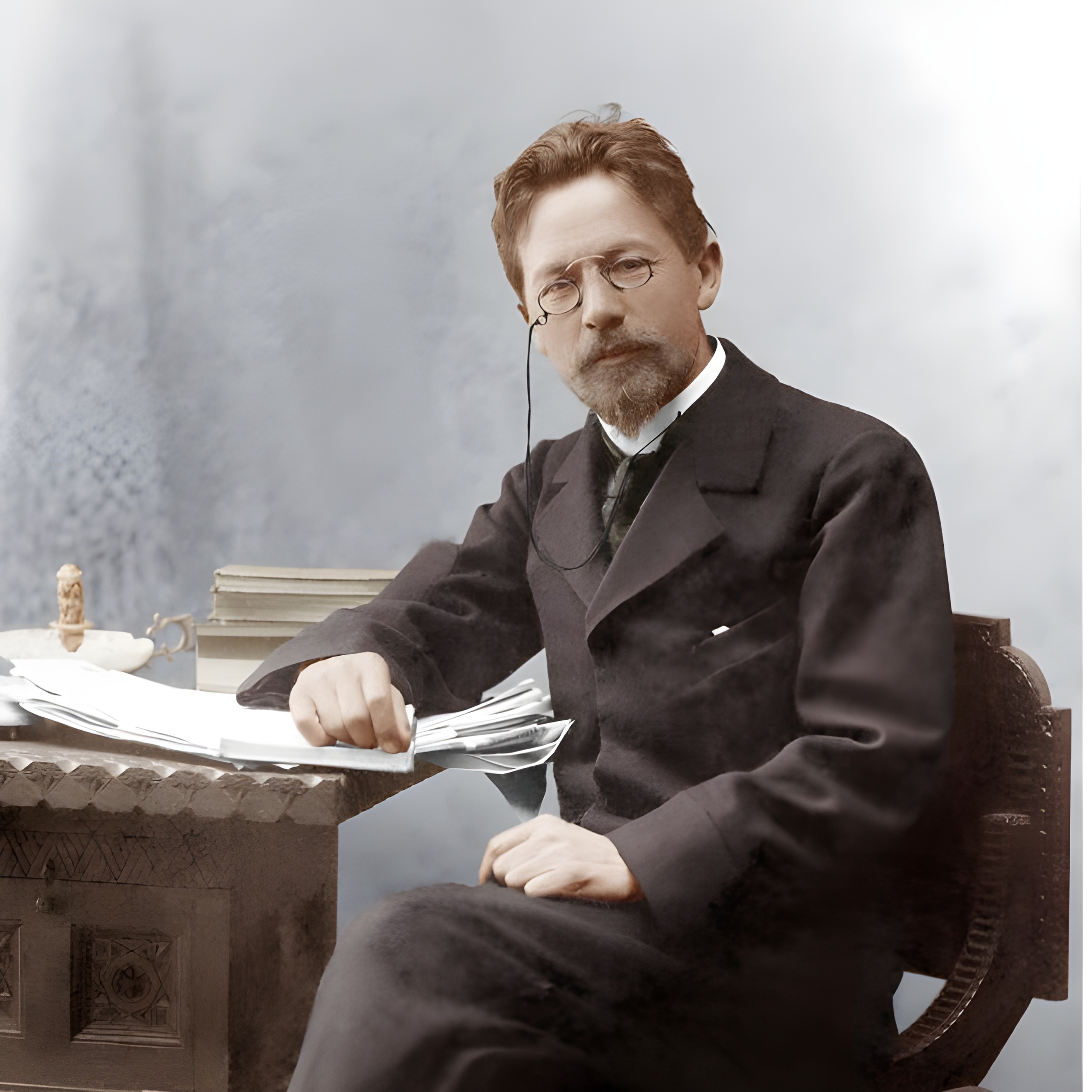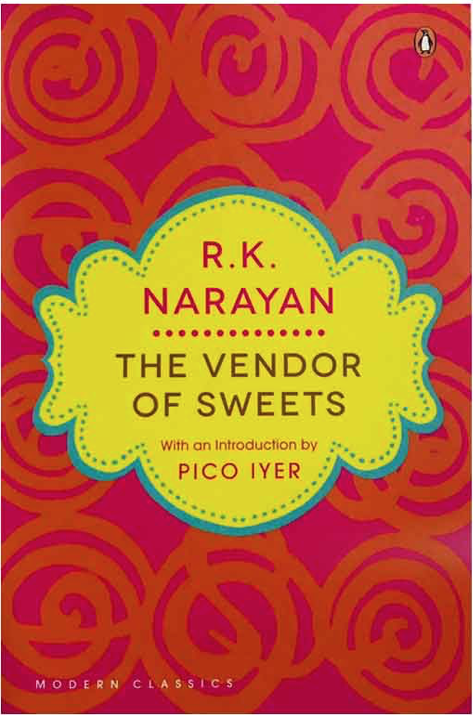A Comprehensive analysis on the Vendor Of Sweets

Brief intro on the Novel
'The Vendor of Sweets' is a novel written by renowned Indian author R.K Narayan, who is known for his realistic portrayal of Indian life and society. The story revolves around the life of Jagan, a sweet vendor from the city of Malgudi in South India.
Through the eyes of Jagan, the novel explores various themes such as generational conflict, cultural clash, and the pursuit of personal identity. Jagan, a conservative and traditional man, struggles to understand his son, Mali, who has embraced Western ideals and desires to become a writer.
The novel begins with Jagan's decision to sell his sweet business and embark on a spiritual journey to the holy city of Benares. This decision is met with resistance from his son, who sees it as a betrayal of their heritage and an abandonment of responsibility. The clash between Jagan's traditional values and Mali's modern aspirations forms the central conflict of the story.
As the narrative progresses, Jagan's experiences in Benares lead him to question his own beliefs and confront his own biases. He meets a variety of characters who challenge his preconceived notions and force him to reevaluate his understanding of life and spirituality.
One of the key aspects of the novel is the exploration of cultural clash between the East and the West. Narayan weaves this theme throughout the story, portraying the tension between tradition and progress. Jagan's struggle to reconcile his own values with the changing world around him reflects the larger societal changes occurring in India during that time.
Another important theme in the novel is the pursuit of personal identity. Jagan's journey to Benares not only serves as a physical pilgrimage but also as a quest for self-discovery. As he interacts with various people and experiences different perspectives, Jagan begins to question his own identity and the role he plays in society.
In terms of writing style, R.K Narayan's narrative is simple and straightforward, yet rich in its depiction of characters and their surroundings. The author's use of vivid imagery and descriptive language brings the streets of Malgudi and the bustling city of Benares to life.
Overall, 'The Vendor of Sweets' is a thought-provoking novel that delves into the complexities of human relationships, cultural clash, and the search for personal identity. It offers a nuanced exploration of Indian society and its evolving values during a time of rapid change
Themes.
Main Themes:
Generational Conflict: One of the prominent themes in 'The Vendor of Sweets' is the clash between traditional and modern values. The protagonist, Jagan, represents the older generation that adheres to traditional customs and beliefs, while his son, Mali, embraces Western influences and desires a more progressive lifestyle.
Cultural Identity: The novel delves into the struggle of cultural identity faced by individuals living in a rapidly changing society. Jagan, who sells sweets for a living, embodies the traditional Indian way of life, whereas Mali is drawn to Western culture, which creates a tension between their identities.
Father-Son Relationship: The complex relationship between Jagan and Mali forms a significant part of the novel. Their divergent worldviews and differences in aspirations lead to conflicts, misunderstandings, and a growing distance between them.
Self-Discovery and Personal Growth: As the narrative unfolds, 'The Vendor of Sweets' explores the notion of self-discovery and personal growth. Jagan's journey towards self-realization, questioning his own beliefs and values, reflects a universal quest for individuality and understanding.
The analysis
"The Vendor of Sweets" is a novel by R.K Narayan that explores the complex relationship between a father, Jagan, and his son, Mali, after the death of Mali's mother. The novel delves into the theme of the generational gap, highlighting the differences in values and aspirations between the two characters
The story begins with Jagan conversing with his "cousin," a man who claims to be related to Jagan despite some ambiguity surrounding their kinship. This introduction sets the stage for the exploration of Jagan's character and his experiences throughout the novel.
As the narrative progresses, Jagan meets Chinna Dorai, a hair-dyer who brings an unexpected sense of calm and peace to his life. Chinna, a sculptor, harbors a lifelong desire to complete a particular sculpture. This encounter introduces a new dynamic in Jagan's life, offering him an escape from the challenges he faces in his relationship with Mali.
At the sweet shop, Jagan learns from his cousin that Mali expects him to provide the investment money for his business. This revelation causes Jagan to distance himself from Mali, leading to a strained relationship between father and son.
Throughout the novel, Jagan's character is depicted as a fifty-five-year-old man who reads the Bhagavad Gita daily, follows a strict diet, and engages in philosophical contemplation. This portrayal adds depth to his character, showcasing his introspective nature and the conflicts he faces within himself.
"The Vendor of Sweets" provides a thought-provoking exploration of the complexities of family relationships, generational gaps, and personal aspirations. Through Jagan and Mali's experiences, R.K Narayan skillfully presents the challenges and dilemmas faced by individuals in navigating their roles within a changing society.
Overall, the novel offers a compelling examination of the themes of family, tradition, and personal growth.
Notes on the author:
R.K Narayan was a renowned Indian author who made significant contributions to Indian literature in English. Born in 1906 in Madras, India, Narayan gained recognition for his skillful prose versions of classic Hindu epics such as The Ramayana (1972) and The Mahabharata (1978). His talent for storytelling and vivid descriptions captured the essence of ordinary life, making his works relatable and appealing to readers.
One of Narayan's notable accomplishments was the creation of the fictional town of Malgudi, which served as the backdrop for many of his novels. Through his exploration of Malgudi, Narayan delved into various aspects of Indian society and culture, etching his name into Indian literary history. Readers often felt a deep connection to the town, as if they truly knew it.
Alongside authors Mulk Raj Anand and Raja Rao, R.K Narayan was considered one of the leading figures of early Indian literature in English. Their works played a crucial role in shaping the literary landscape of India, introducing a new wave of storytelling that resonated with both Indian and international audiences.
Narayan's literary journey began with his first novel, Swami and Friends, published in 1935. This novel, an episodic narrative, followed the adventures of a group of schoolboys and set the stage for the themes and style that would define much of Narayan's future works.
Throughout his career, Narayan wrote a total of 34 novels, each contributing to his literary legacy. Among his notable works are The English Teacher (1945), Waiting for the Mahatma (1955), and The Guide (1958), which are regarded as some of his finest creations.
Characters:
- Jagan: The novel’s protagonist, Jagan, is a timid, devout Hindu man in his late 50s who owns a sweet shop in southern India in the 1960s. He is a widower and aims to emulate his life after Mahatma Gandhi. He is a passionate follower of Gandhi, embracing non-violent cooperation and an ascetic lifestyle. He has many theories about naturopathy and wellness, which he plans to publish in a book.

- Mali: Mali, son of Jagan and Ambika, is a sullen, callous, commercially-minded young man living in southern India in the 1960s. He lost his mother at a young age and thus has grown up under Jagan’s care. When he announces to his father that he is quitting school and moving to America to study to be a writer, he uses his father’s money to fund his plans.

- Grace: Grace is the daughter of a Korean woman and an American Girl, who brought Grace and her mother to New Jersey and abandoned them there.

- The Cousin: The cousin is a friendly busybody who claims to be related to nearly everyone in the southern Indian town of Malgudi, including Jagan. He often bridges the divide between Jagan and Mali, acting as a voice of reason.

- The Bearded Man: The bearded man, bald but with a full white beard, is the 69-year-old former disciple of a genius carver of religious statues.
- Ambika: Ambika, wife to Jagan and mother to Mali, died of a brain tumor about 10 years before the main events of The Vendor of Sweets.
These characters each represent different aspects of Indian society and culture, and their interactions form the basis of the novel's plot and themes.
All images are generated form DALL-E2 by OpenAI

